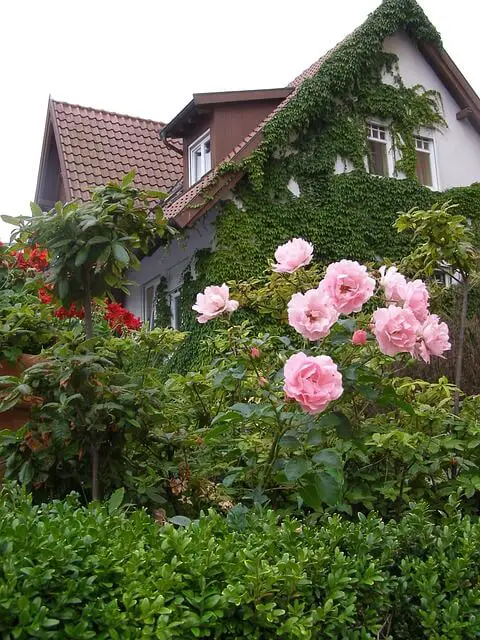Velkommen til Drømmehjem
Skap drømmehjemmet i dag.
Hos oss finner du inspirasjon, tips og nyttige artikler om alt du trenger for å skapet drømmehjemmet ditt.
Populære artikler
Er det nødvendig med salt i oppvaskmaskin?
Det er ikke nødvendig med salt i oppvaskmaskinen, men det kan være nyttig i visse tilfeller. Hvis du bor i et …
Kan man bruke grønnsåpe på terrasse?
Ja, det er fullt mulig å bruke grønnsåpe på terrassen din. Grønnsåpe er en naturlig og miljøvennlig løsning for å rengjøre …
Hva kan man plante som rådyr ikke spiser?
Rådyr er kjent for å spise en rekke planter, men det finnes noen som de ikke liker så godt. Noen av …
Hvordan bruke hønsegjødsel?
Hønsegjødsel er en naturlig og økologisk måte å gi næring til planter på. Gjødselen inneholder høye nivåer av nitrogen, fosfor og …
Hvor mange poteter i en pallekarm?
En standard pallekarm kan romme rundt 150-200 kg poteter. Antall poteter i en pallekarm vil variere avhengig av størrelsen på potetene. …
Hvilke blomster er best på gravsted?
Det er viktig å velge blomster som tåler vær og vind, spesielt hvis gravstedet ligger utsatt til. Blomster som kan være …
Hvor mange meter terrassebord per kvadratmeter?
For å finne ut hvor mange meter terrassebord du trenger per kvadratmeter, må du først bestemme deg for bredden på bordene …
Når skal man hyppe potetene?
Hyping av poteter er en viktig del av potetdyrkingen. Det anbefales å hyppe potetene når de når en høyde på 15-20 …
Når skal man gjødsle jordbær?
Gjødsling av jordbær er viktig for å oppnå en god avling og sunne planter. Det beste tidspunktet for gjødsling av jordbær …
Nyeste artikler

Drommehjem.com er bloggen for deg som elsker hus og hjem
Få ting gjør oss mer glade enn å gjøre hjemmet vårt vakkert og trivelig. På denne bloggen skal vi dele tips og råd om temaer som interiør, kjøkken, hage og hobby.
Vi skriver både guider, inspirasjonsartikler og artikler der vi svarer på ofte stilte spørsmål fra dere lesere.